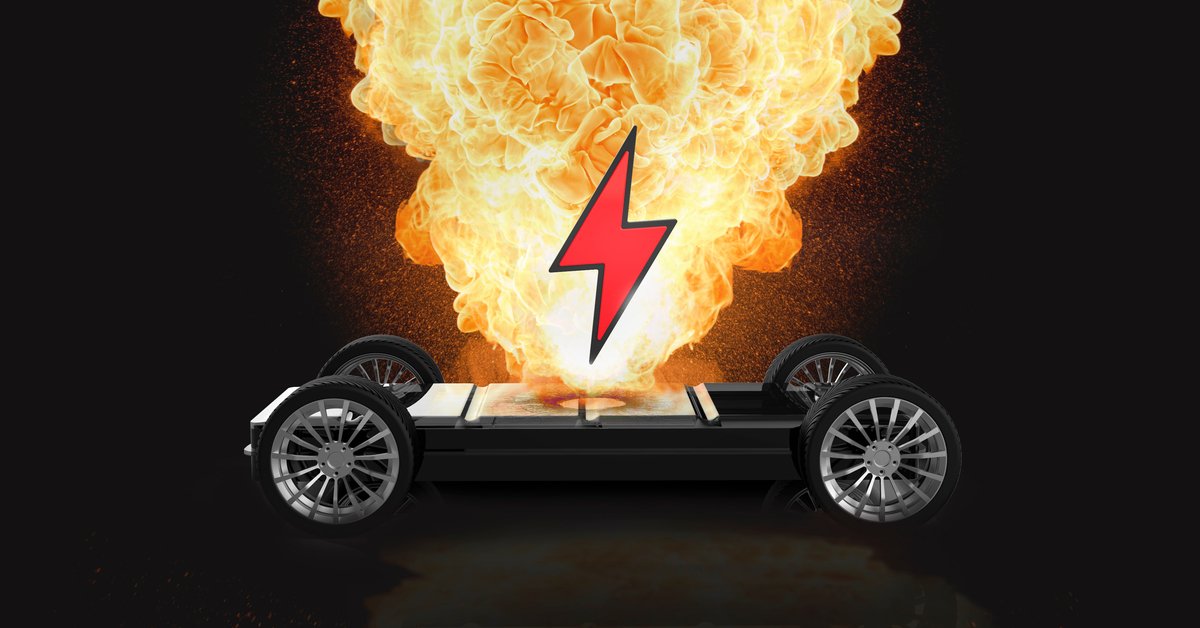The experts’ team identified that the battery management systems (BMS) of the two-wheeler electric vehicles (EVs) were seriously deficient
There was also no ‘venting mechanism’ for overheated cells to release energy
While the safety recommendations have already been shared with EV OEMs, the experts’ final report is expected within a week
The electric two-wheelers that were involved in the recent fire incidents lacked ‘basic safety systems’, a panel of experts investigating the safety incidents have reportedly found.
The experts’ team identified that the battery management systems (BMS) of the two-wheeler electric vehicles (EVs) were seriously deficient, while there was also no ‘venting mechanism’ for overheated cells to release energy. An official privy to the findings of the experts’ committee told the Economic Times.
As per the publication, the panel has raised serious concerns as several electric two-wheeler manufacturers came with only ‘minimum functionality’ and they took ‘shortcuts’ rather than prioritising vehicle safety.
“Companies have already been told that many of the EV two-wheeler manufacturers have taken shortcuts. Their cells have failed the tests. In several cases, the venting mechanism is not there. They are bursting and catching fire. They are mainly poor-quality cells,” the official said in his statement.
While the safety recommendations have already been shared with EV OEMs, the experts’ final report is expected within a week.
“Secondly, the battery management system is not even basic. A particular battery, when it’s getting overheated, must be identified and cut off. This is, in fact, what even a minimum functional BMS will do. These vehicles didn’t even have that basic identification system for failed cells,” added the official.
To the uninitiated, BMS is a technology that ensures the safety of lithium-ion battery packs. BMS is designed to monitor the battery, regulate its current and voltage levels, operational state, and more, and ensure there is no overheating.
The latest development in the investigation comes a month after reports of the Centre for Fire, Explosive and Environment Safety (CFEES) finding defects in batteries, including the designs of the battery packs and modules as a result of the past few EV fire incidents. The government had asked CFEES, the fire science and engineering arm of the Defence Research & Development Organisation (DRDO), to investigate the reasons behind the EV fires.
Meanwhile, amid the continuing EV fire incidents, the Bureau of Indian Standards (BIS) released the performance standards for electric vehicle (EV) batteries recently.
While the names of a few new-age companies in the two-wheeler segment, including Ola Electric, Okinawa Autotech, Pure EV were reporting such fire incidents, recently legacy brand Tata Motors also joined the list after its Tata Nexon EV four-wheeler caught fire in Mumbai last week.










